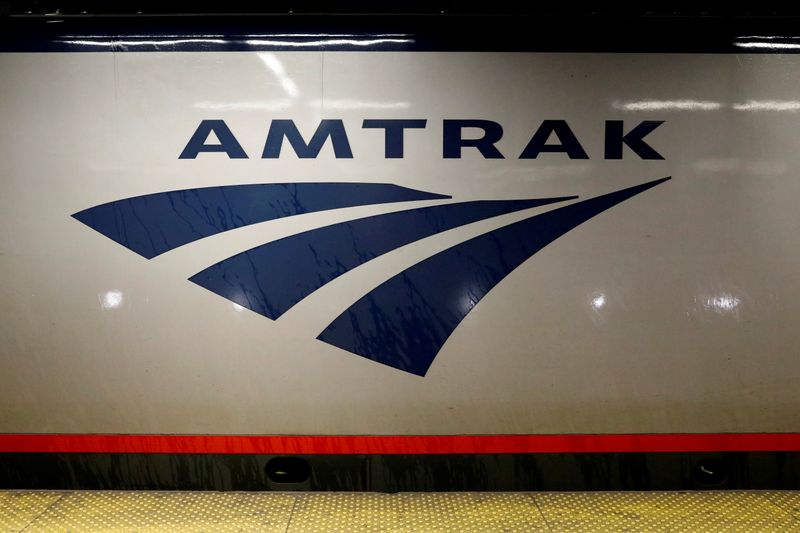WASHINGTON (Reuters) -The U.S. Senate Commerce Committee unveiled on Thursday a bipartisan surface transportation bill that would authorize $78 billion over five years, including sharply higher passenger rail funding, along with tougher auto safety requirements.
The bill includes more than $19 billion in grants for U.S passenger railroad Amtrak over five years, a dramatic increase over the average $2 billion in government funding the railroad received annually before the COVID-19 pandemic.
The proposal, negotiated by committee Chairwoman Senator Maria Cantwell and the top Republican on the panel, Senator Roger Wicker, would also invest $28 billion in freight and other networks that use more than one mode like rail, highways and seaports.
The Amtrak funding provides “funding to address the Northeast Corridor project backlog, and encourages expansion of passenger rail corridors with state support,” according to a fact sheet.
“With the economy rebounding, it’s imperative that our long-delayed transportation needs are addressed,” Cantwell said.
Last month, the Senate Environment and Public Works Committee unanimously approved a companion bipartisan bill to spend $303.5 billion on roads, highways and other surface projects over five years, a 34% increase over the last highway reauthorization bill approved in 2015.
Congress faces a Sept. 30 deadline to reauthorize surface transportation funding. President Joe Biden has called for $1.7 trillion in infrastructure spending, including some of the proposals the committees are considering.
A Democratic-led House of Representatives panel approved a separate bill along party lines on Thursday that would authorize $547 billion on surface transportation spending over five years.
The Commerce bill directs the National Highway Traffic Safety Administration to issue new safety standards to require future vehicles to be equipped with advanced drunk- and impaired-driving prevention technology, but give automakers at least two years before they would need to comply and would require the agency to ensure the technology is effective.
NHTSA estimates about 10,000 people are killed annually in alcohol-related crashes.
The legislation would eventually require automatic emergency braking systems for heavy-duty commercial motor vehicles and for all new motor vehicles to be equipped with crash-avoidance technologies like forward-collision warning and lane departure systems at a later date.
The bill mandates studying driver-monitoring systems to minimize driver distraction and disengagement and research on crashworthiness and evacuation standards for limousines. NHTSA could set new safety rules as a result.
The bill does not include provisions to speed the advancement of self-driving cars sought by major automakers and Alphabet Inc’s Waymo unit.
(Reporting by David Shepardson; Editing by Diane Craft and Peter Cooney)




























